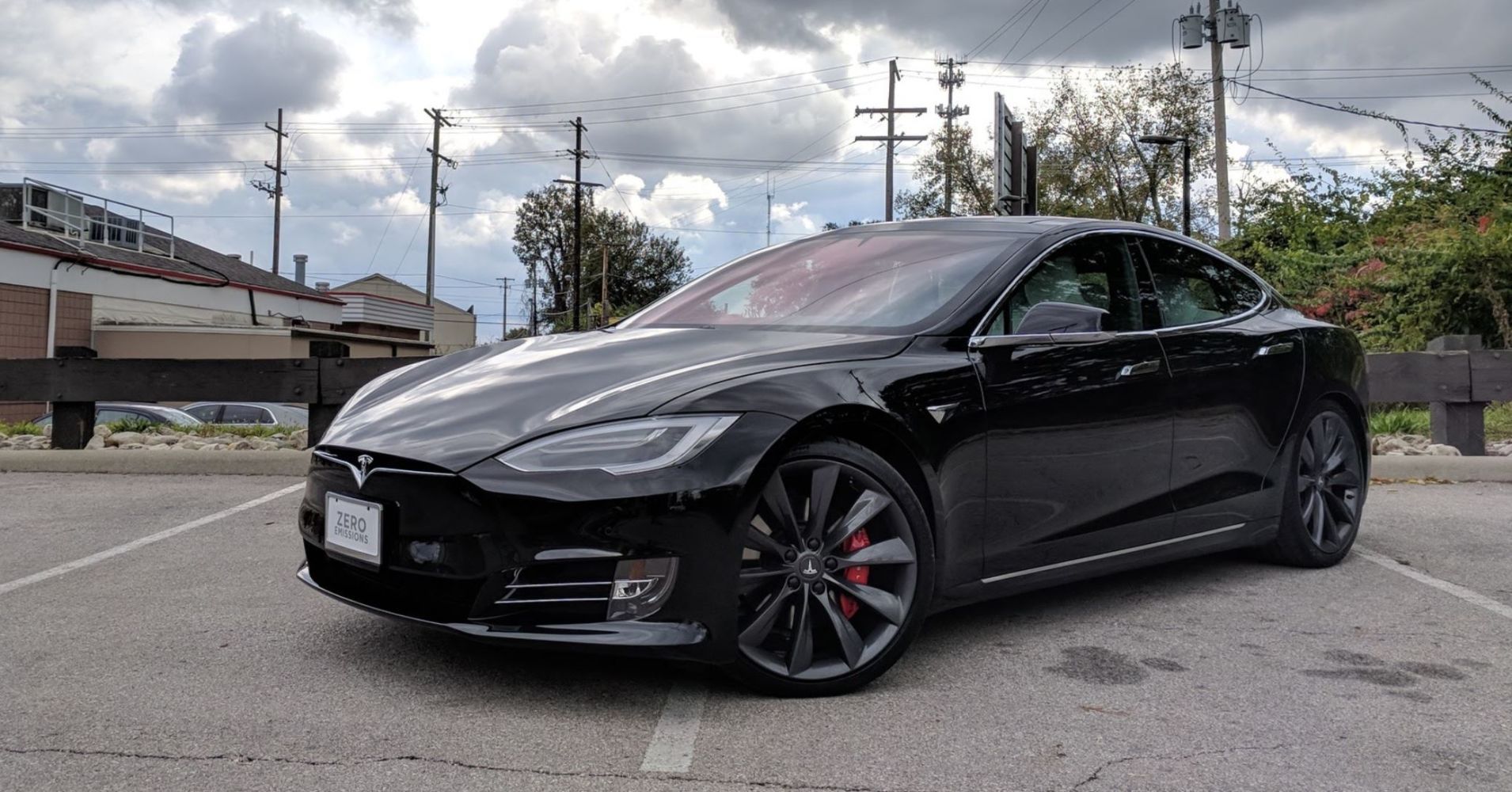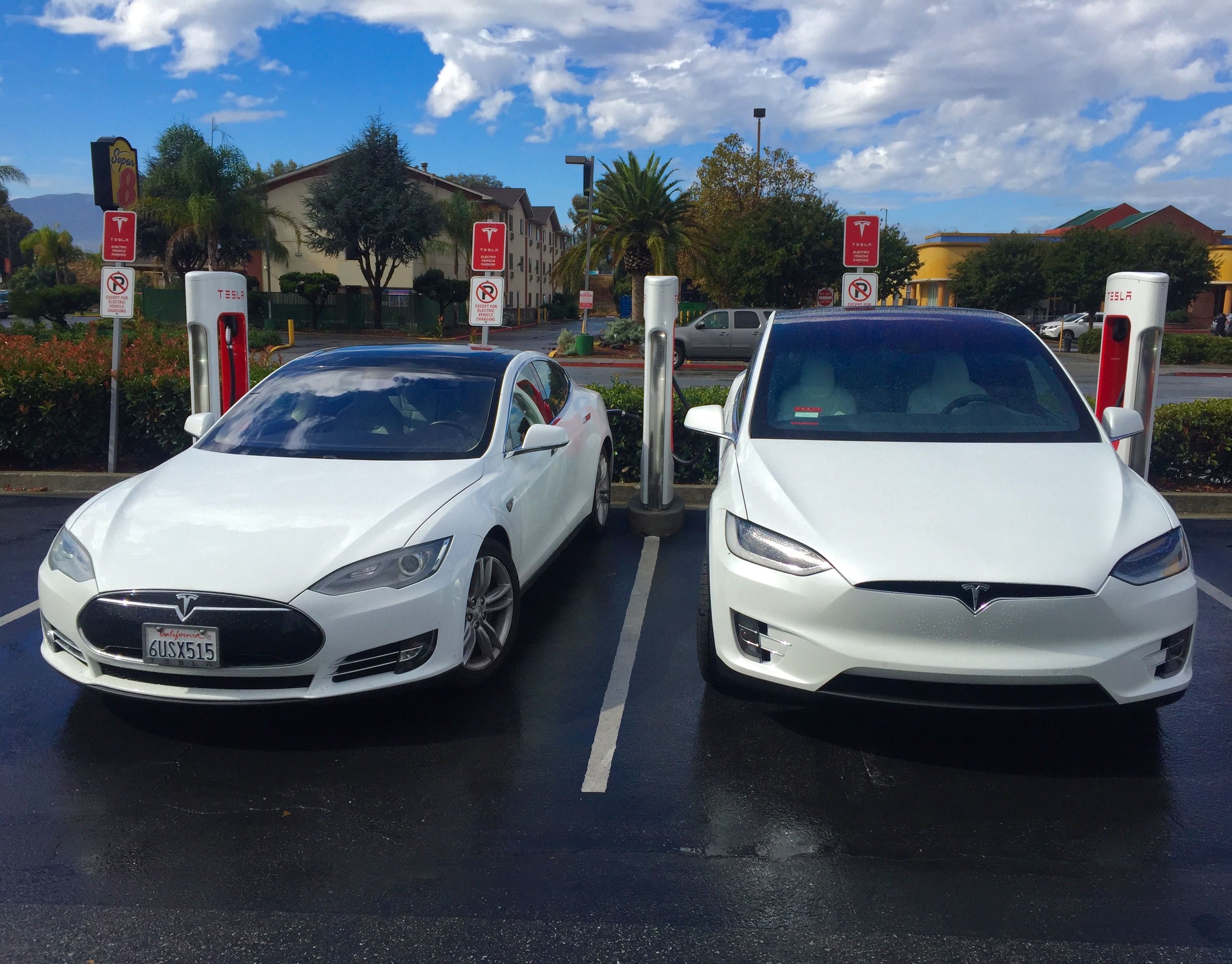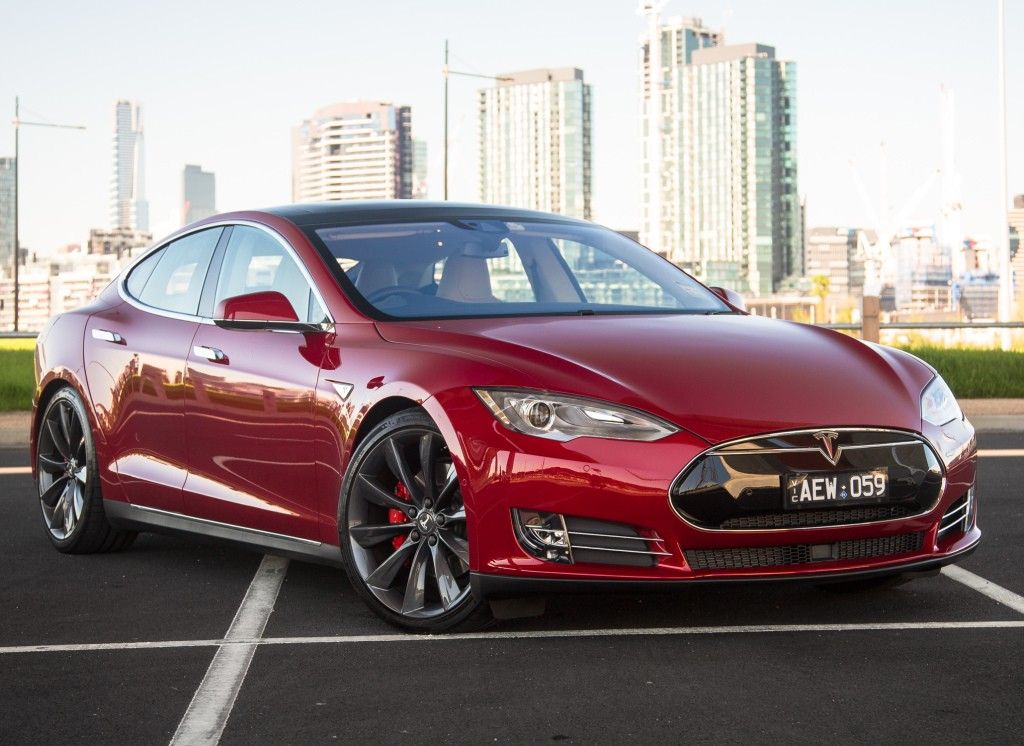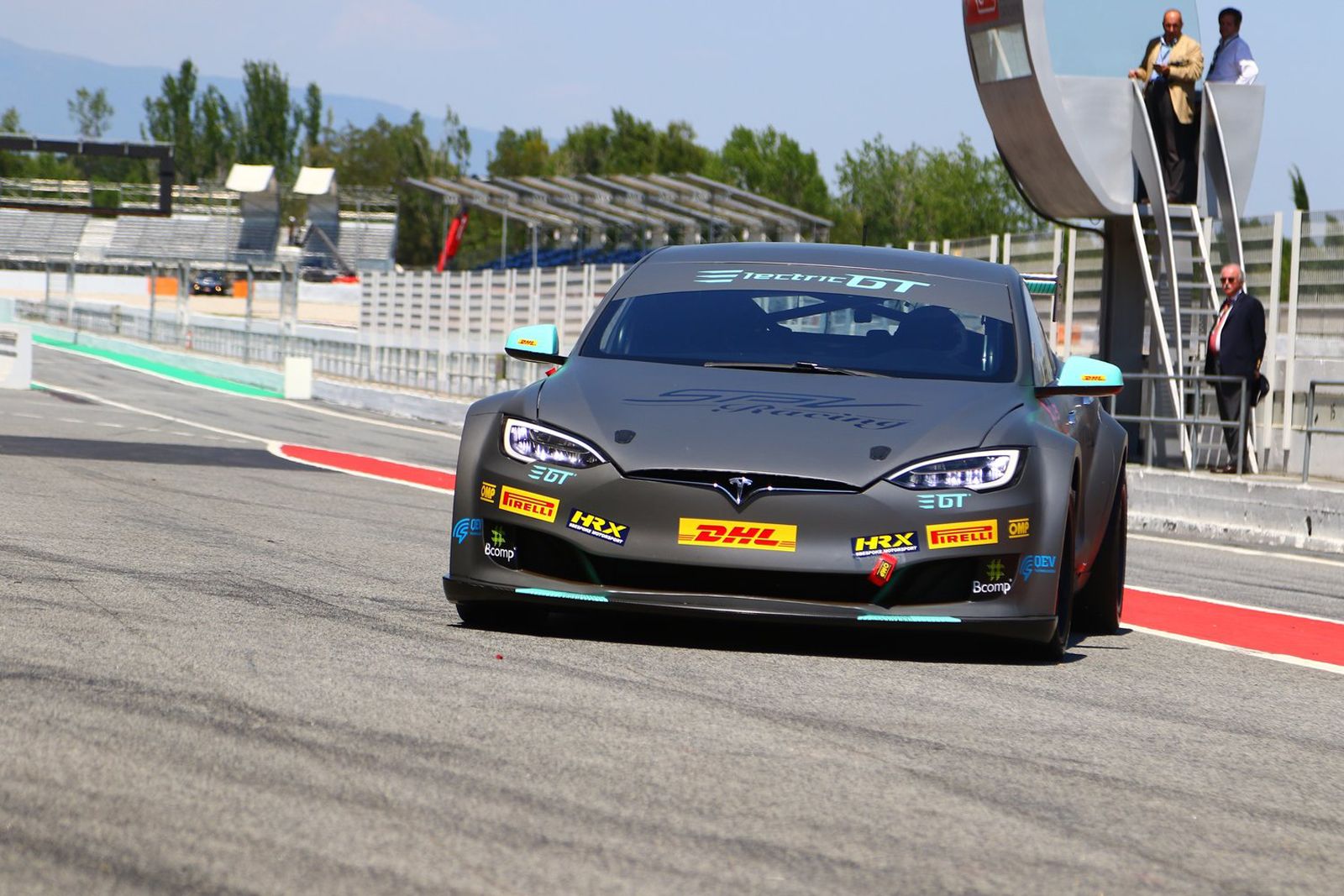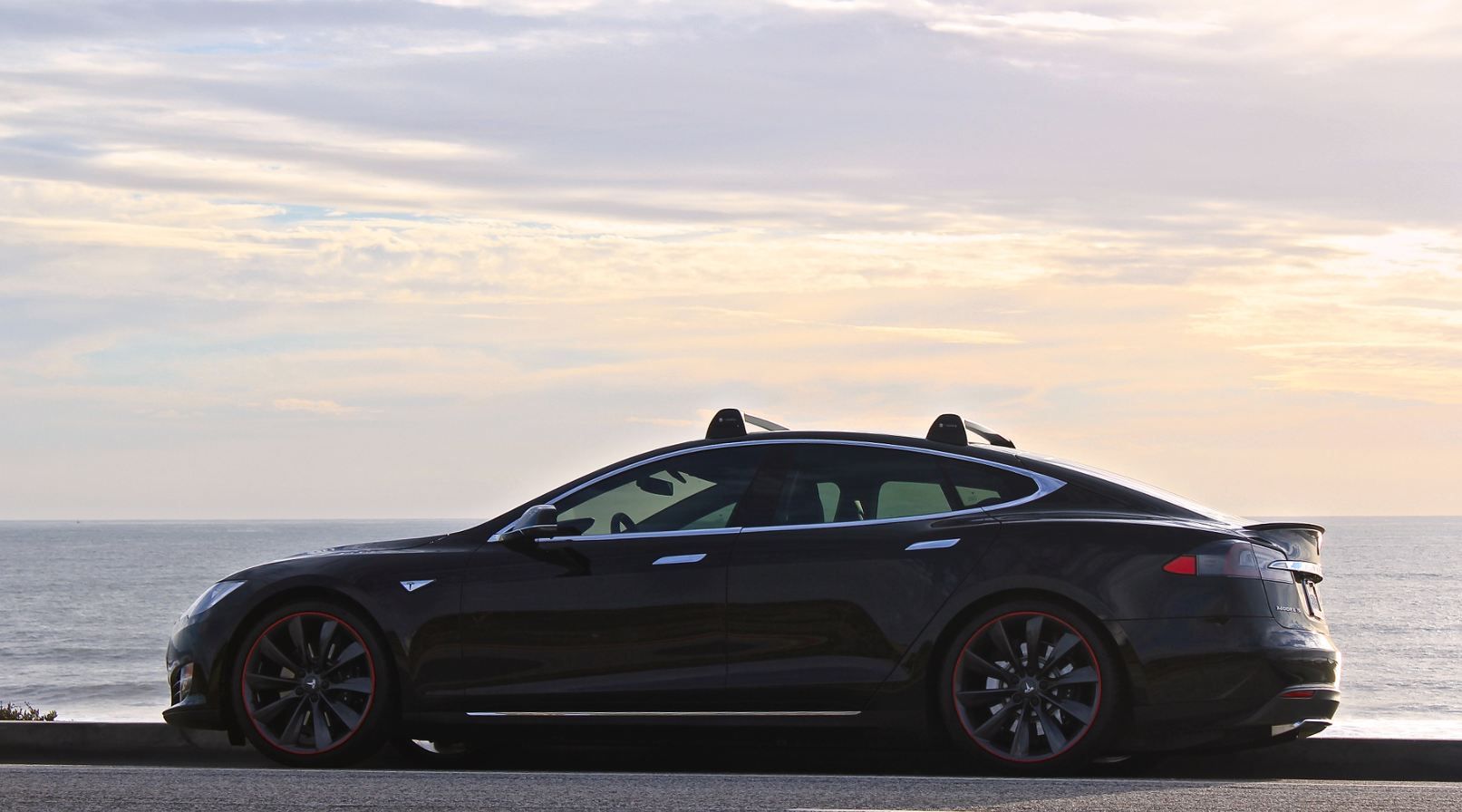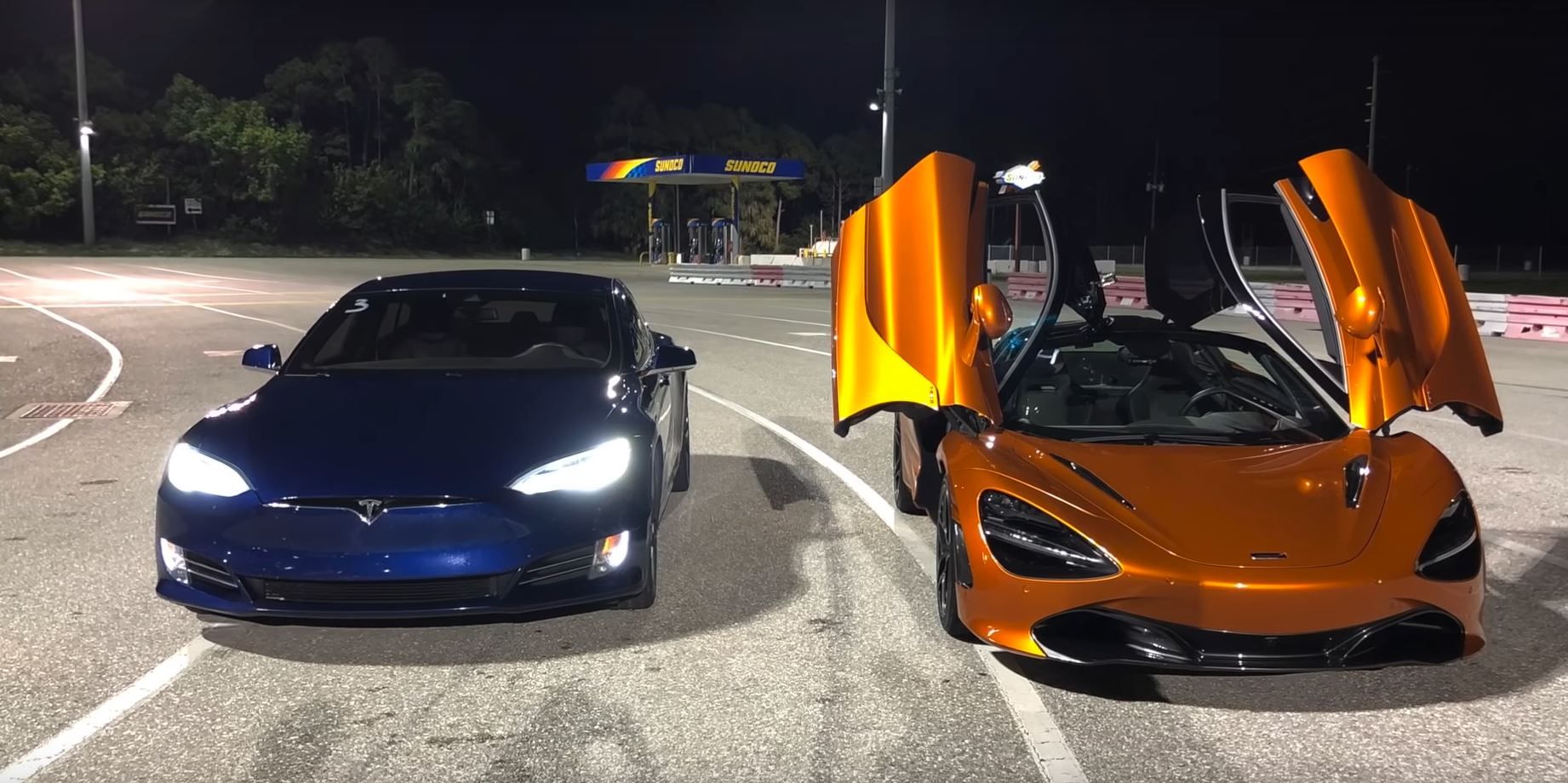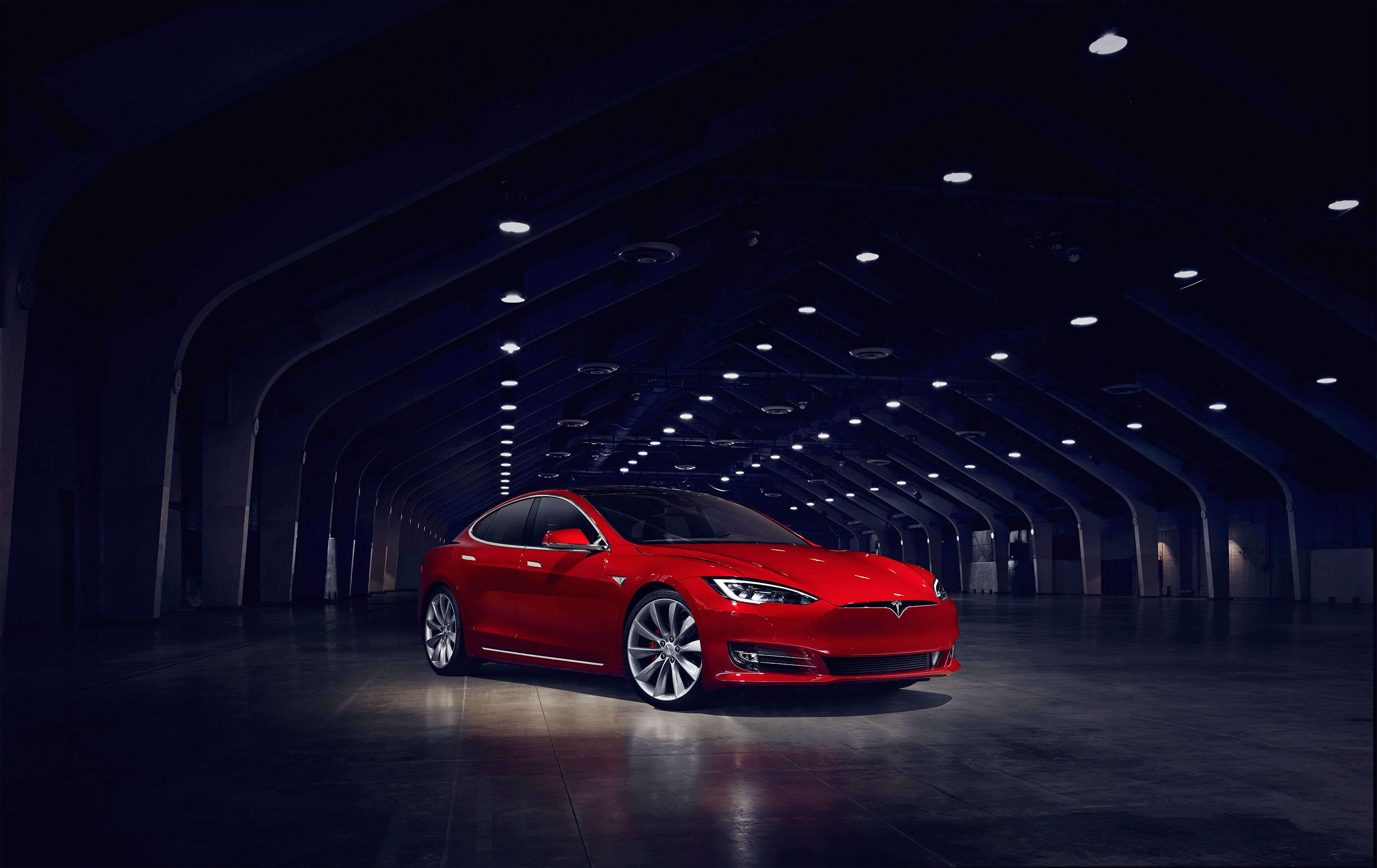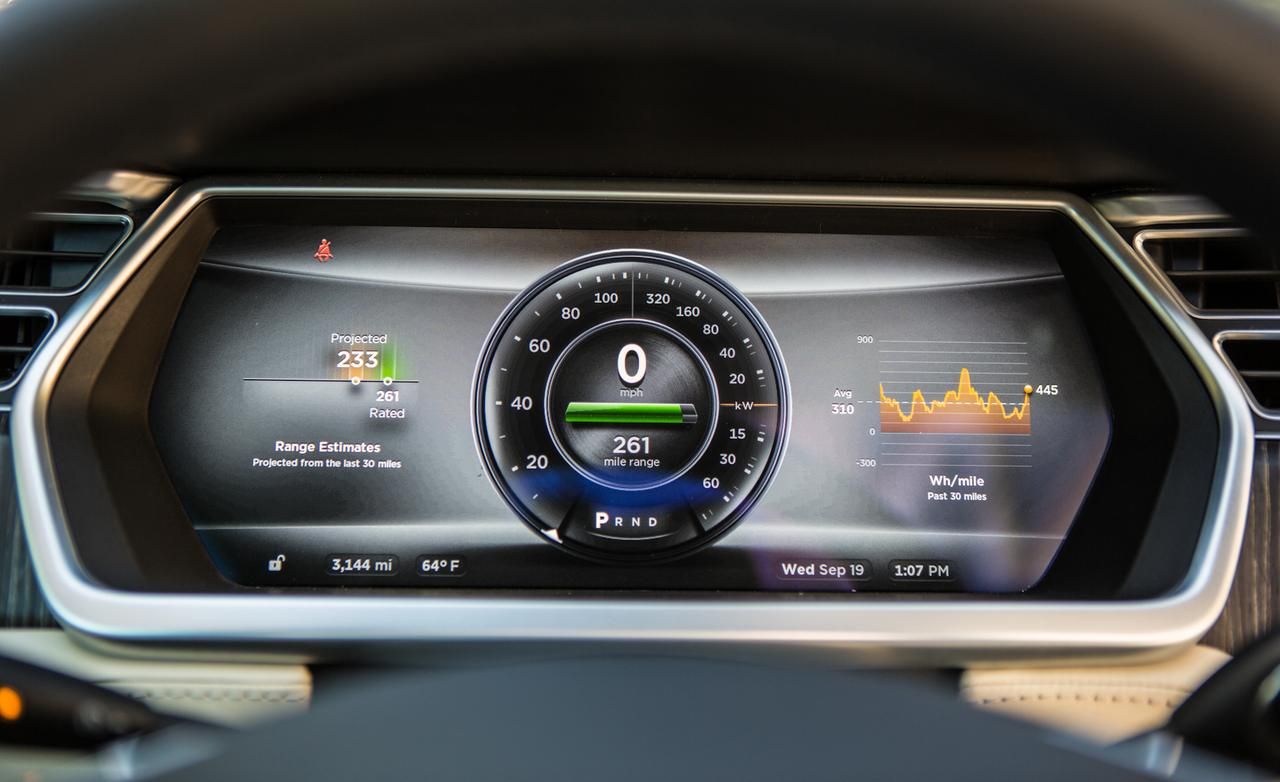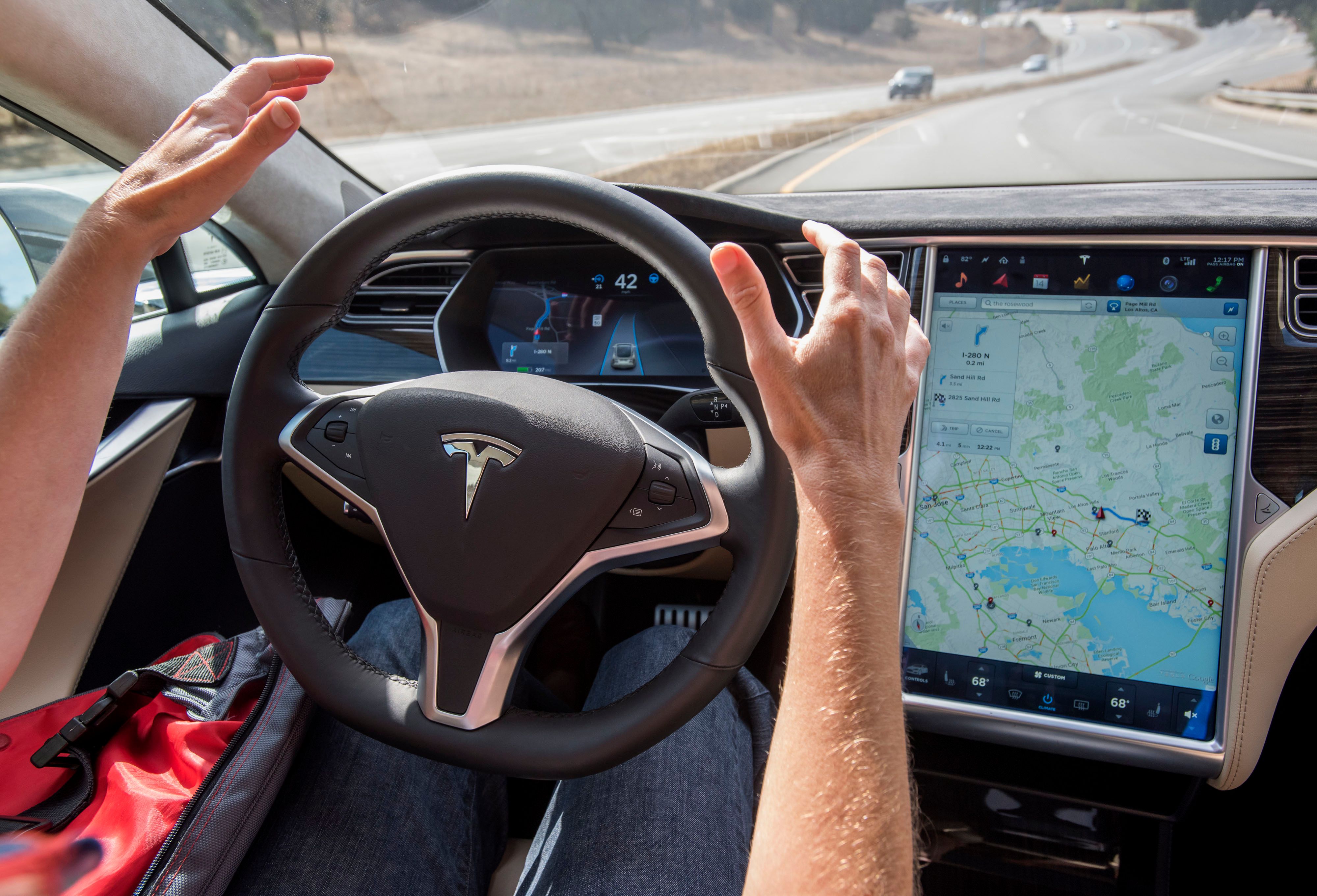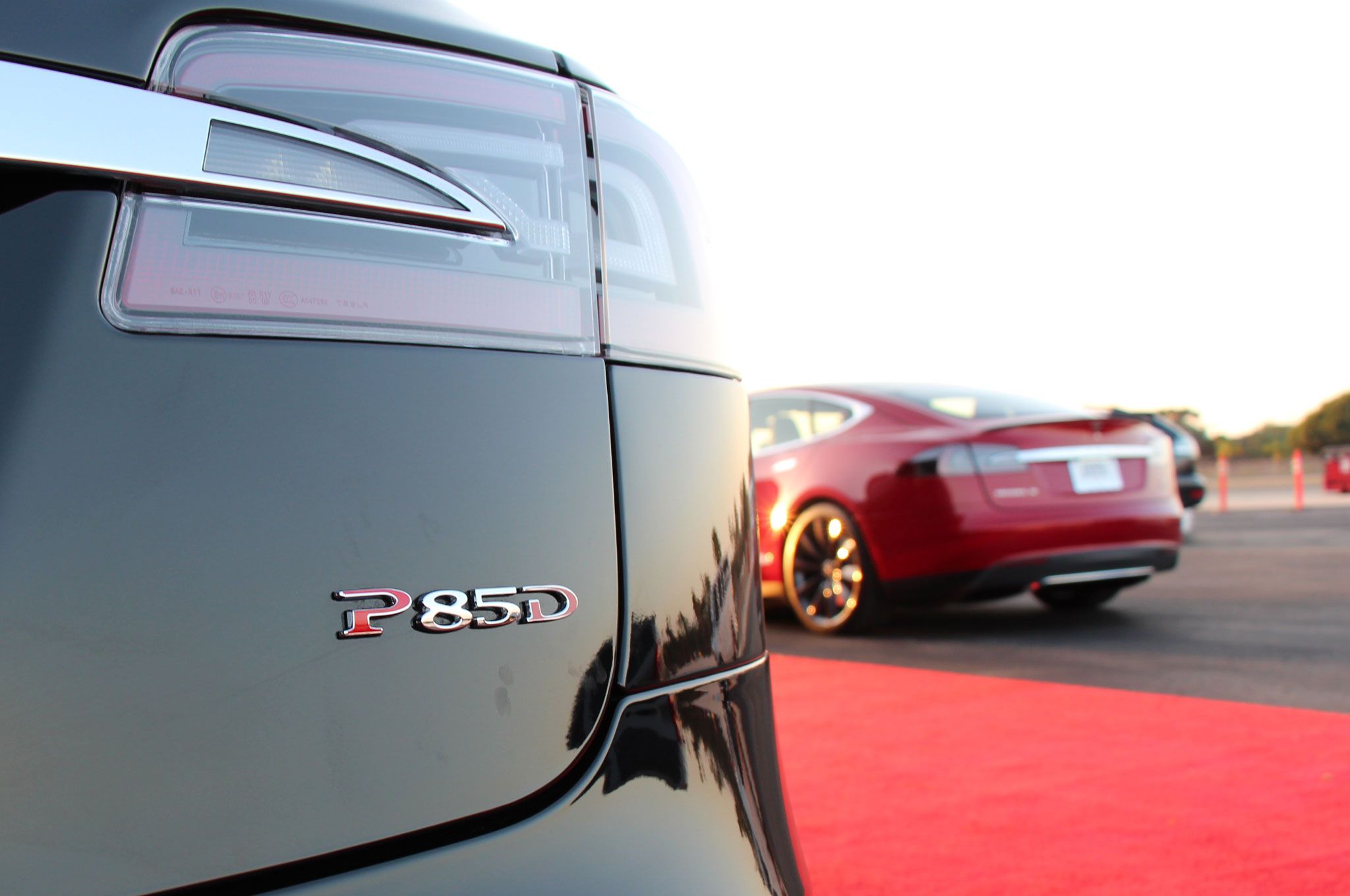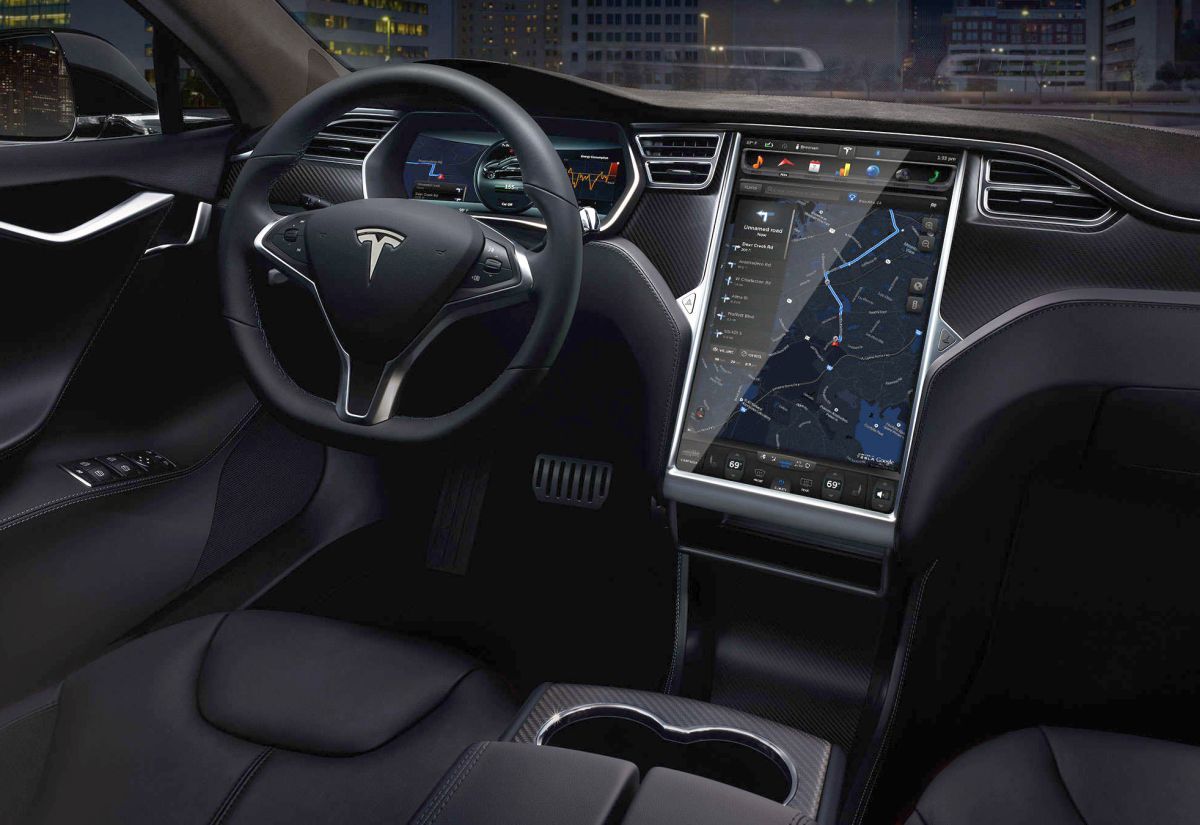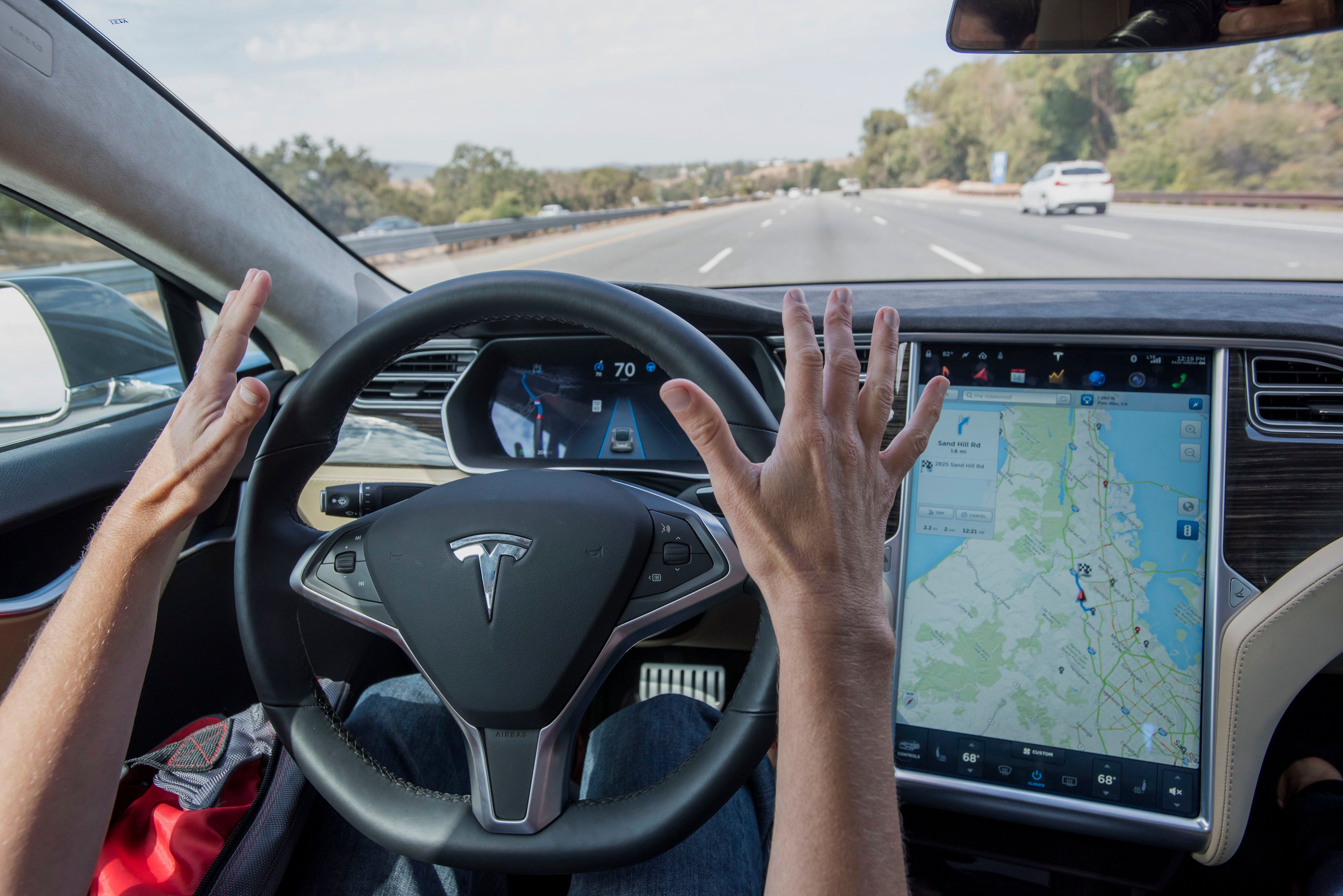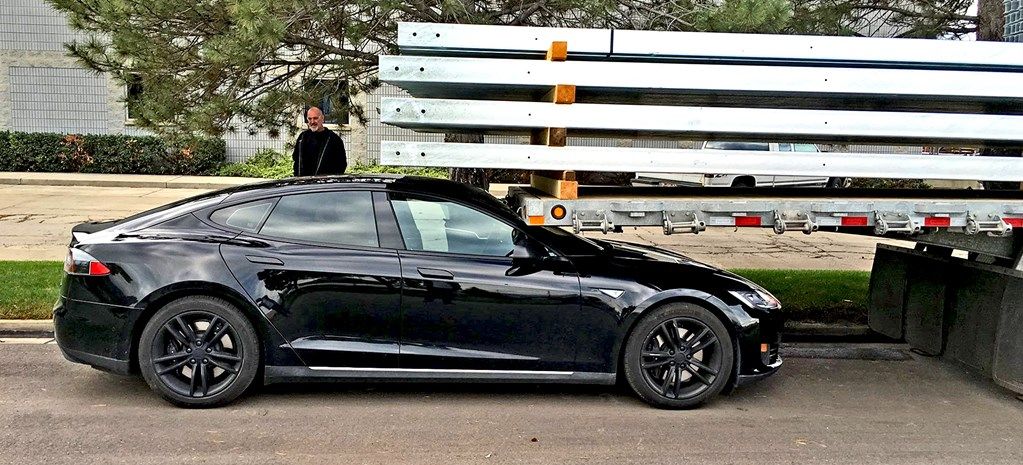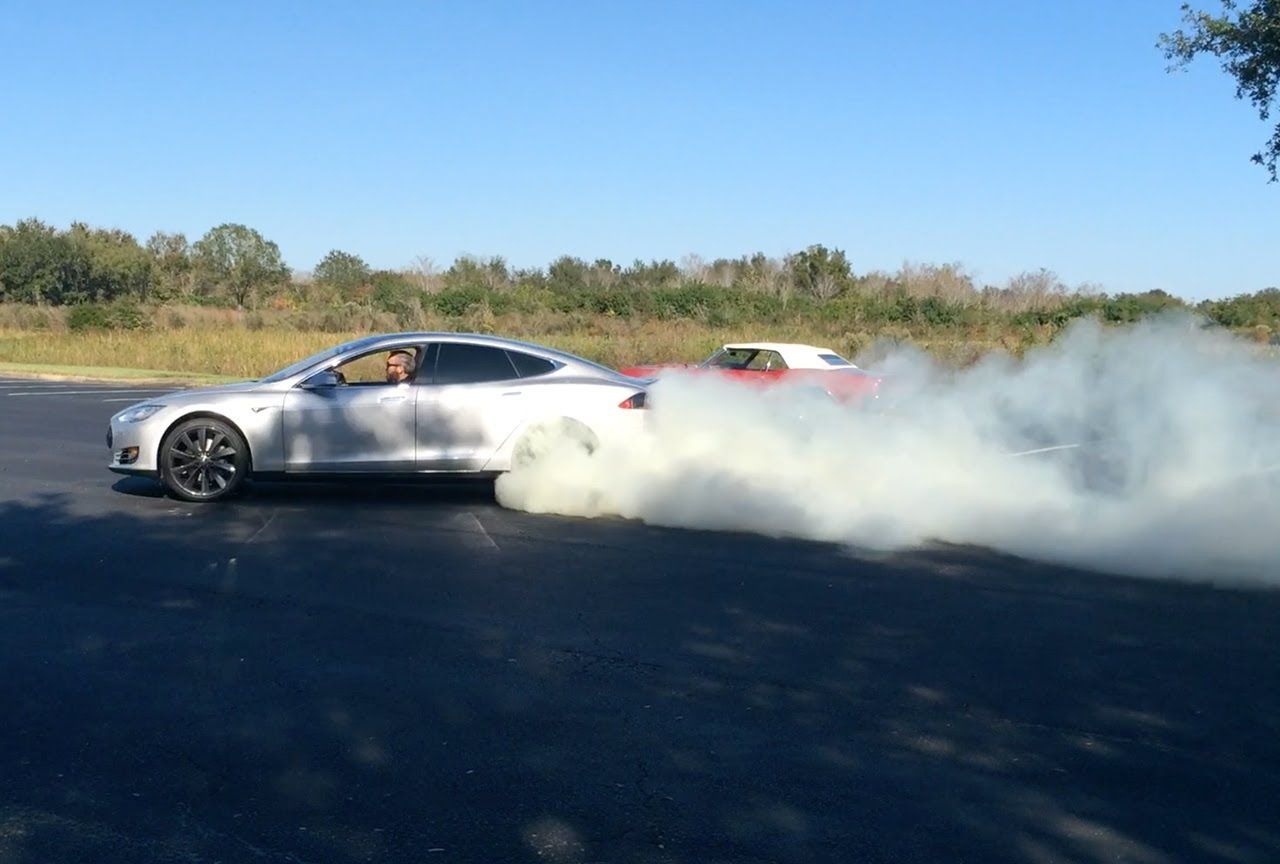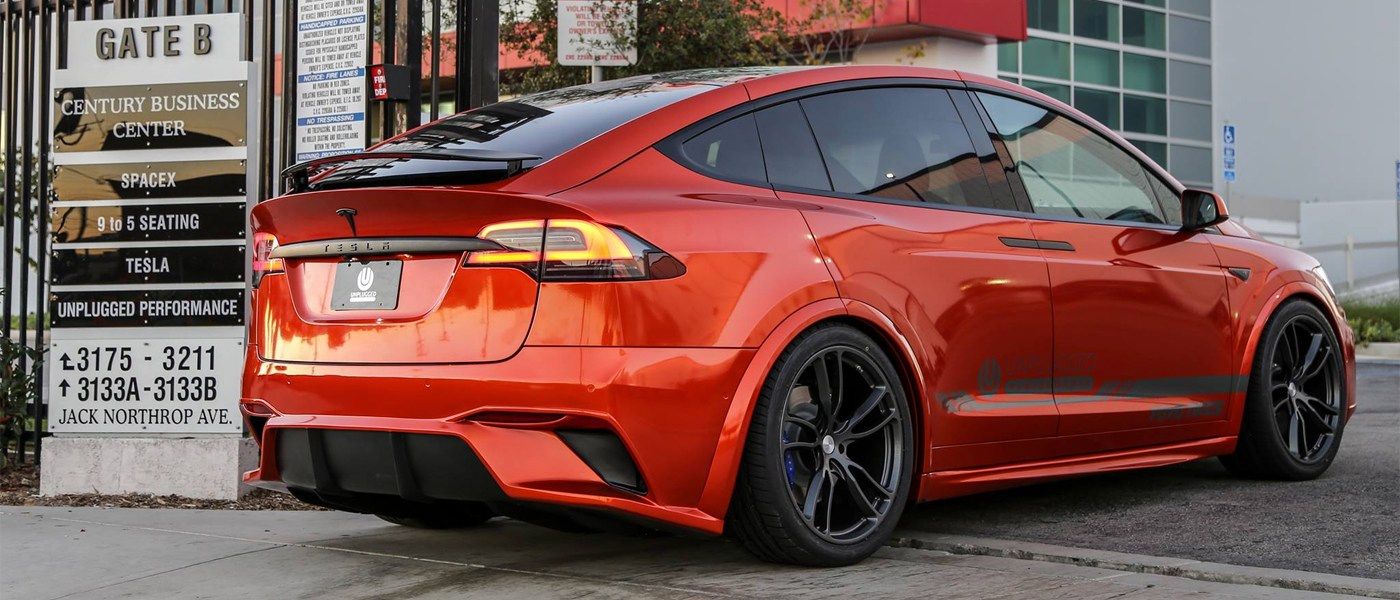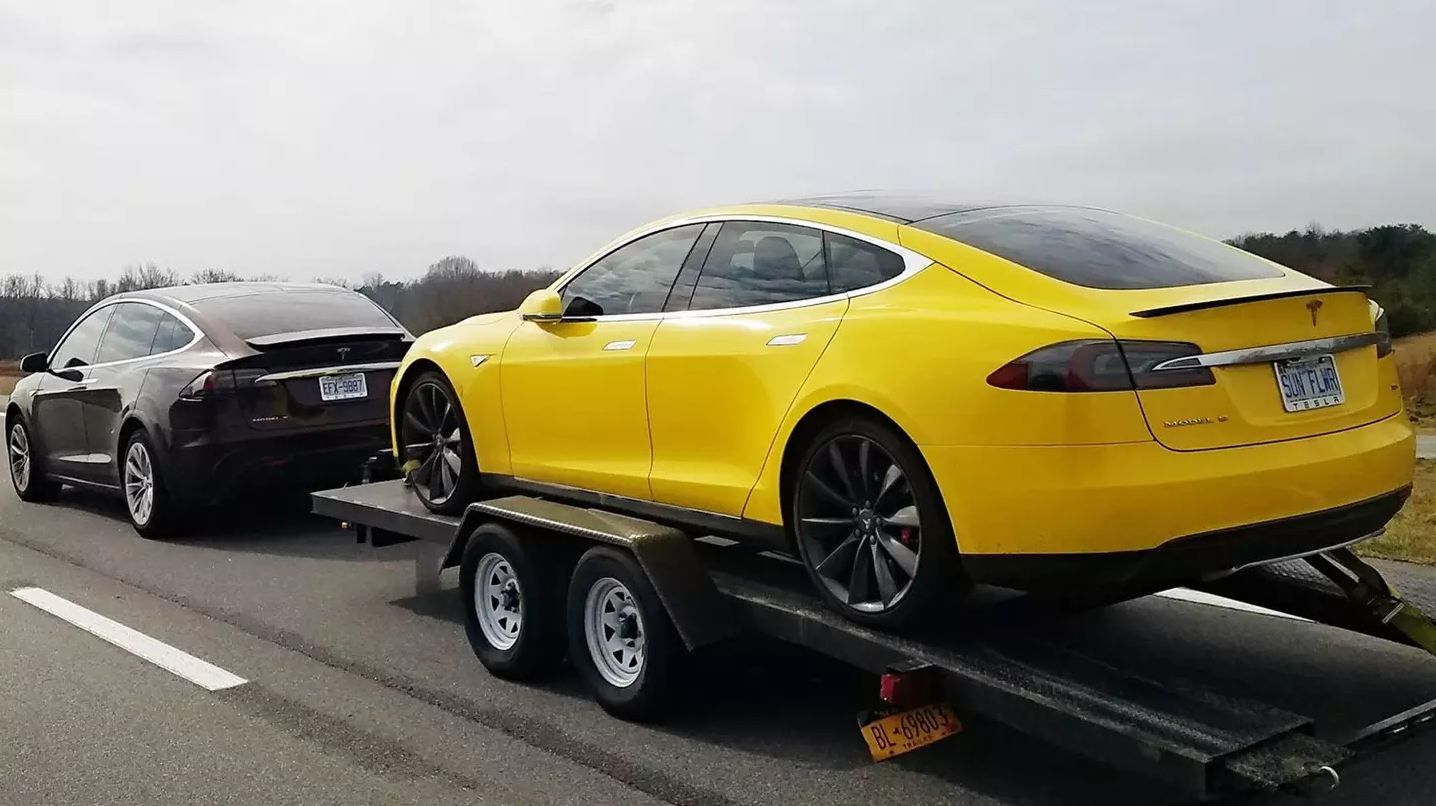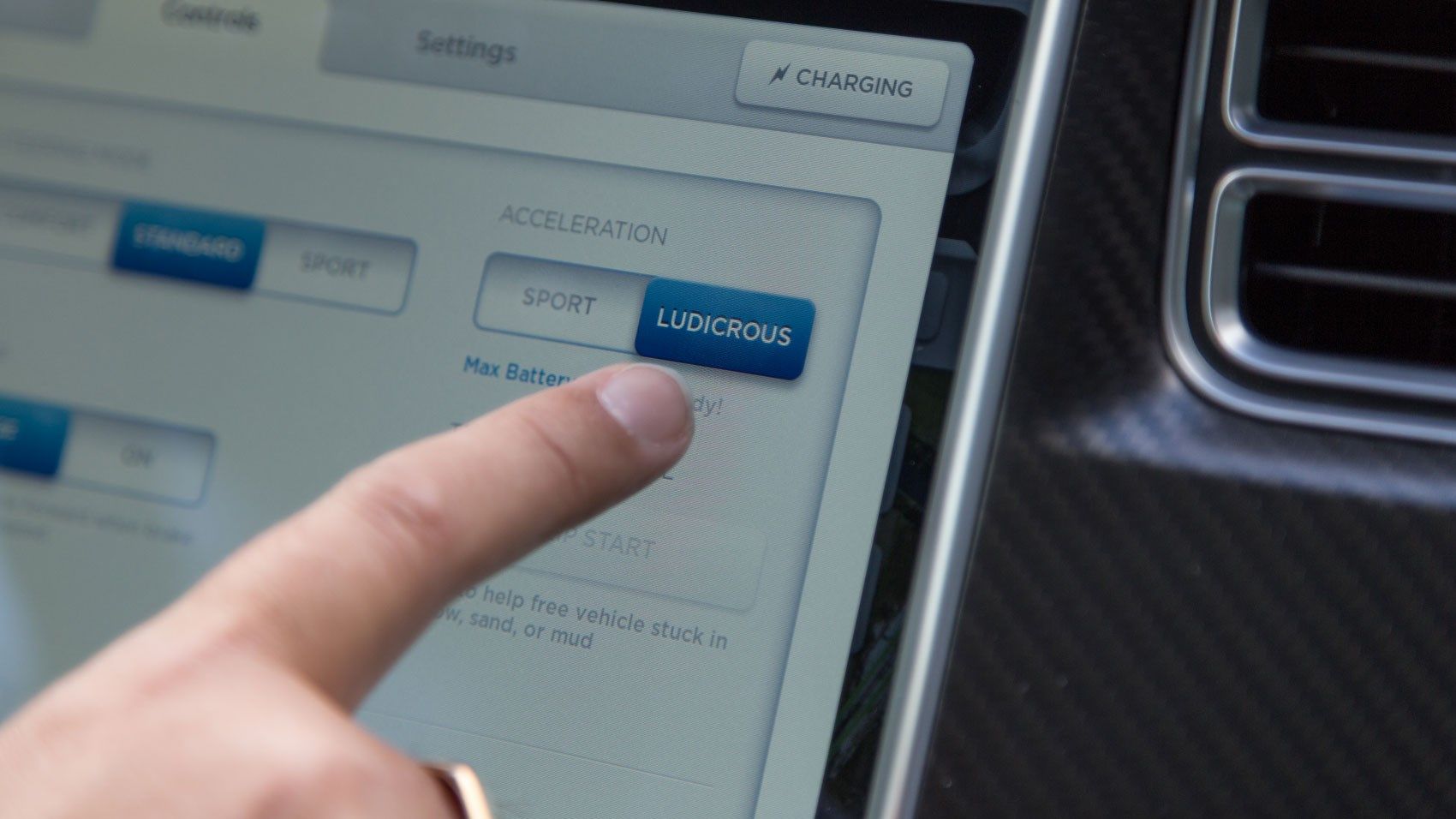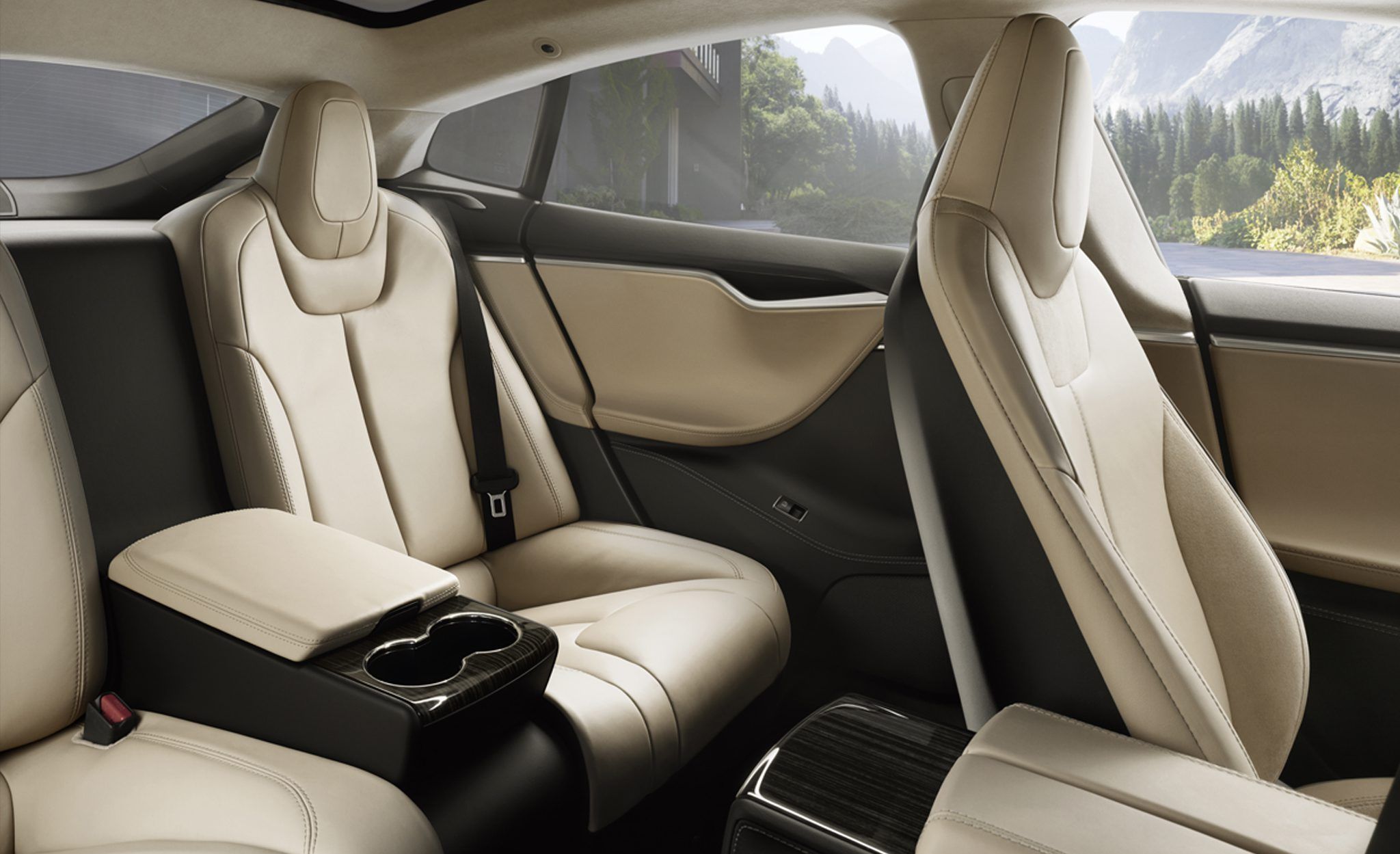The Model 3 is Tesla’s Model T, or at least that's the plan. It’s economical electric power for the working man. All things considered, if you’re an average person in good standing with your creditors, you should have no problem financing the easily-digestible $35,000 base-price—provided you have credit history and aren’t a starving college student with more debt than your life is worth. If you really consider that for what it is, it’s pretty fantastic.
Think about it. The Tesla pricing structure allows just about anyone to own a piece of cutting-edge automotive technology and participate in a global scheme of renewable energy. It all sounds fine and dandy until you get down into the nitty-gritty of how all of this really works. What you may not realize is that though Tesla does offer an econo-priced EV to the general public, well within reach of the everyday-man, that base price is only for a barebones offering that might as well just be a skeleton of a car from which to build upon. The entry-level Model 3 starts at $30,000, but soon options will be available that will put the car closer to $87,000 when fully-equipped.
It’s about right here that you begin to ask yourself what exactly is going on? How does a car have options that are worth double (or more) the base price of the car itself? The answer depends on what you value; but since you can’t make one of these at home in your garage, you have to pay a premium. What started out as an entry-level “grown-up” car just became more expensive than their S model (as well as many other premium luxury cars) when fully equipped. The more appropriate question to ask here is, “What would Musk do?” Are the upgrades really worth the asking price? The answers may surprise you.
20 75D Engine Option (Pass)
It’s comparable to an engine, in a way, but this designation just signifies how much juice you want. It’s like Tesla horsepower if you will. Now, before you go and get all excited about 75 electric-horses, you should know that this is the least-exciting option to order your Tesla in. The 75-series is the base package that has a limited range of 237 miles, and it’s not like you can just have a tow truck come out and top off your battery with electrons. Range is very important for electric cars, especially in areas without an extensive charging network.
19 100D Engine Option (Pass)
If you’ve had enough of being underwhelmed by the 75D you can try to have a look at the 100D, but once you learn the ins and outs of that package, the 75D almost sounds like more of a deal. The 100kWh battery has a range of 295 miles on a full charge (roughly comparable to modern gasoline cars). But even though the 75D only has a 237-mile range, it’s only 25mph slower (130mph) than the 155mph-limited 100D and two-tenths of a seconds slower to 60mph (4.9 in the 75D vs. 4.7 in the 100D). If you want to be speed-limited with Mercedes and the other big boys, it’s going to cost you $300/month for only two-tenths off your 0-60mph time.
18 P100D Engine Option (Yep)
They almost price the options to stick you in the exact middle of where you want to be, making the next step up not seem so bad after all. Indeed, it’s clever marketing. The thing is, Elon has a lot to prove—whether he’ll admit it or not. He has a lot of very respectable accomplishments under his belt but he also has a dreamer’s mind and a crafty mouth—he’s made some lofty ambitions very clear.
If his cars can back up the talk, he’ll probably sell us our own oxygen one of these days.
Packing a final knockout punch to the S, Tesla outfitted the P-series with the performance dual motor that is still limited to 155mph, but buys your ego some trash talking privileges with a potential 2.9-second 0-60mph time.
17 19” Wheels (Yep)
The rim sizes vary slightly from model to model, but as a general rule of thumb, there are two sizes. For the purposes of this conversation, we’ll assume 19” are the base and the 21” wheels are the premium option. Comparing the two rims side by side, notwithstanding the aesthetic differences, salesmen are quick to point out that the 21-inch wheels offer much better performance. But what they won’t tell you is that the tires that fit such large wheels will wear incredibly fast just to make you feel sticky on the pavement. The keen buyer, however, will quick to realize that the additional $22/month over the life of the 72-month loan is in excess of $1,500 (without interest). For that kind of cash, you could have a much nicer set of aftermarket rims and any type of rubber you want on them.
16 21” Wheels (Pass)
If you must have the premium Tesla wheels for the $1,500 that you’ll barely notice, this is something similar to what you’re going to be getting. Let’s be honest, they’re decent base model wheels as far as those are concerned (at least Tesla passed on super-basic steel rims and plastic wheel covers).
But at the end of the day, you’re not getting very much value out of this option and the tires won’t last more than 15,000 miles, as has been reported by some owners.
The bottom line is simple: if you care anything about your wheels, get aftermarket ones and skip any factory option not already included. (Who even bothers to make 21-inch tires, anyway?)
15 Sunroof (Pass)
People love sunroofs and it’s easy to see why. They let you open up a dimension of driving that is usually reserved for convertible owners; rarely do you get a chance to gaze up at the big, blue yonder overhead. The only thing you could argue against a sunroof is you just don’t care for it, but for the most part, sunroofs are always in style. That style however, abruptly stops dead in its tracks when you realize that the option to indiscriminately peek at the sky above you whenever you like will cost you over $2,000. And that $2,000 could do so much more for you. Plus, you can peek at the same-exact sky after you park and exit the vehicle. What's more, they use the roof-rack option as bait to lure you in: you can’t equip a roof rack without first equipping the sunroof option. (Sounds like highway robbery to me.)
14 Base Black Paint (Yep)
The base black paint code is just your average, run-of-the-mill paint. There's nothing special about it, but that’s the point of black. Some cars offer a multitude of color options in the brochure at no additional cost to the consumer but Elon takes a more “Henry Ford” style approach to coloring his automobiles. Although it has nothing to do with the paint’s durability in this case, the only paint code you’re walking out of there for free with is the base black, so either love the black or open up your wallet. (You might as well just keep your wallet out at this point, we’re just getting warmed up here.)
13 Any Mid-Level Paint (Pass)
Unless you are dead-set on one of the intermediary colors available (which don’t comprise a very large selection) you should steer far clear (unless you’ve equipped the advanced autopilot, in which case you’ll be doing very little steering).
Midnight Silver Metallic, Deep Blue Metallic, and Pearl White Multi-Coat colors will all run you an even $2,000.
Honestly, that’s not far off from what you could argue a fair price would be, but Elon’s price-gouging for all but one color puts your principles at odds with your desire to look like you want to look. For $2,000, Elon can stick that Pearl White Multi-Coat where the sun can’t recharge his solar panels.
12 Premium Red Paint (Yep)
So, it may become partially clear by now that I’m not a fan of sticking it to the little guy just because he wants a blue car and you can syphon another few thousand out of his annual take home. But as a consumer, that’s his choice.
If you’re going to invest in paint, you might as well do it right and go with the flagship red.
(Don’t walk in calling it that, though, it’s technically a red multi-coat.) The red Tesla is becoming somewhat of an icon and all the other Teslas seem to fall under the shadow of the red and white ones, for some reasons. Those are the colors to be flashy with if you want to show off your predisposition to save the planet.
11 Lane Change Assist (Yep)
There is a lot of processing power that’s taking place in a Tesla at any given time. We’ve finally entered a time when our cars are smarter than we are and the sensory prowess of the advanced autopilot features wraparound protection from 360 degrees of sensory coverage at every corner of the car, at different ranges and proximities. The autopilot will calculate based on the traffic around it, maintain lanes and—depending on settings—initiate lane changes automatically, without driver input. Tesla doesn’t claim to be the car that will self-drive you anywhere, but it could if you wanted it to. Might as well go ahead and check that feature so you can stop steering with your knees when you want to update your social media feeds real quick.
10 Autosteer (Yep)
The auto-steering capabilities of the Tesla have been a work-in-progress for a while now. They’ve had a few minor hiccups but since a few well-implemented updates were applied, things seemed to have shaped up drastically for the system. They are constantly improving each new variation and the new-model technology is aiming to standardize personal transport with a level of autonomy that’s about as hands-free as you could ask for. Even when you’re not hands-free, Elon says “All Tesla vehicles produced in our factory, including Model 3, have the hardware needed for full self-driving capability at a safety level substantially greater than that of a human driver.” So relax, he’s got you more covered than you've got you covered.
9 Side Collision Warning (Yep)
The side collision and avoidance warning system all tie in with the nebulous autopilot, a comprehensive data network that oversees all functions of the highly-automated vehicle's dynamics. It’s always scanning around you, whether you are or not, but people are having issues getting used to the computer’s reaction to normal driving conditions when it perceives them as dangerous. Many Tesla owners have already been reporting that, when the system is engaged, motorcycles splitting lanes of traffic would activate an evasive maneuver and kick the steering wheel away from the bike as it passes by. You can turn the system off if you really don’t like it, but what’s the point of having a Tesla if you’re not using the cool tech you just paid for? All those nifty sensors weren’t free, you know!
8 Summon Mode (Yep)
Many people that are starting to acclimate to summon mode are finding that summoning their Tesla to a distance of up to 40 feet is about as reliable as Old Yeller.
People use this mode to feel like ballers because your Tesla basically has a built-in valet that’ll pull your car into the garage for you.
Apps can control your car from your phone or the key fob and, if you trust your Tesla with your garage door, Homelink will let your Tesla open your garage and pull out all by itself. Go ahead, tuck your car in like a sardine with no shame.
7 Automatic Parking (Yep)
Tesla figured out a way to essentially automate your trek to and from points A and B, but they didn’t stop there. They made sure to take you all the way home and tuck you in, too. The automated parking (due to its comprehensive sensory-awareness) makes it substantially better than most other cars that even venture to automate driving to this degree. You can just pull up next to a spot, push a button on the console and watch the car autonomously slide itself in the parking spot like an Olympic parallel-parking champion. This is pretty much why you bought a Tesla, it can do stuff like this so you can focus on forgetting how to do it for yourself.
6 Emergency Braking Support (Yep)
Tesla has stellar safety ratings that give even bar-none Volvos a run for their money. But the goal here is prevention rather than exercising the crumple zones. Of all the things the Tesla proves itself capable of, it would be nothing short of highway robbery to deprive drivers of emergency braking support.
After all, the car sees things before you and reacts quicker.
When all systems are functioning normal and the sensors have a positive read, “in theory,” there’s no reason the car should ever collide with an obstacle in front of it. Although theories are like opinions (and those other things everyone has), the Tesla’s forward collision detection warning and avoidance system are some of the best among comparably-equipped vehicles.
5 Two-Wheel Drive (Pass)
This is an option that’s hard to turn down, because it’s loyal to the cause. Tesla didn’t pansy out on us and deliver a front-wheel drive car that was going to change the world. Elon couldn’t if he was to market it as he did. Anything he did would have to be only rear or all-wheel drive if he was to have his machines taken seriously by people with an affinity for a more refined automobile. It was the difference between the Prius crowd and the M5 crowd, and Elon wisely chose to appeal to the latter. Although his real-wheel options are tantalizing and handle extremely well, you’re cheating yourself if you forgo the all-wheel option.
4 All-Wheel Drive (Yep)
Tesla is proving to be making some very smooth business decisions and the surmounting success that snowballs with every new machine Elon builds proves the savvy of his selections. Although the Tesla is about as green as you can get, Elon kept it from branding too deeply into a planet-saving, captain tree-hugger posterboy; instead, he opted to captivate a performance crowd. The hippies were already going to be on board with whatever he was going to do, but the 0-60 mph times of the fastest Teslas were dangerous enough to threaten even Ferraris and Porches. With the all-wheel-drive platform, the performance threshold opens up like a flowchart and there’s no reason not to want to take advantage of it.
3 Dual Motor Option (Yep)
Here’s another option to hang you on the fence—some people love it and some people couldn’t care less. Of the group that could care less are the California-bound, clear-weather sailors who can drive around with their windows down year-round and have no desire to grind the Tesla dangerously close to its performance envelope. Those who see a benefit in spinning more than two wheels (either for fun or in adverse weather handling like Montana drivers) will make great use of the addition of the AC-induction motor in the front to complement the switched-reluctance, partial-permanent-magnet motor out back. The single-motor Model 3 does 0-60 mph in 5.1 seconds whereas the dual-motor, performance version can hammer it out in 4.5 seconds with the same range and top speed.
2 Ludicrous Mode (Oh Yes)
With a performance mode literally called Ludicrous, you either expect the car to go from 0-60 mph in two seconds or pick up a mic and start dropping some serious rhymes. Although Elon has not confirmed whether or not he has propensity for rapping, he has launched a Tesla into space just for fun, so you know the guy knows how to show off.
Thankfully, he’s not greedy with the accolades and you can enjoy them, too.
The new P100D S model has earned the title of the fastest-accelerating production car in the world, according to Engadget, with a 0-60 mph run of a blisteringly-fast 2.3 seconds. It’s faster than the 2.5 seconds we were originally promised and faster than the 2.389 time demonstrated by Tesla Racing Channel in January.
1 Rear Executive Seating (Yep)
Balancing a company that distributes in multiple markets is tricky, especially when each market needs to have specially-tuned production units that fit a particular set of regional requirements. Briefly in 2015 (aimed at the Chinese, chauffer-driven market) a run of executive seating was offered as a rear arrangement that ditched the ugly, boring bench seat in favor of buckets that closely-mimicked the front seats and featured a cup holder console between them. The base rear seating is about as boring as you’d possibly be able to imagine Tesla settling for and to date, they haven’t brought out a seating arrangement as appealing as the one they ditched years ago.
Sources: carsguide.com, fortune.com, autoevolotuion.com, and electrek.com.

